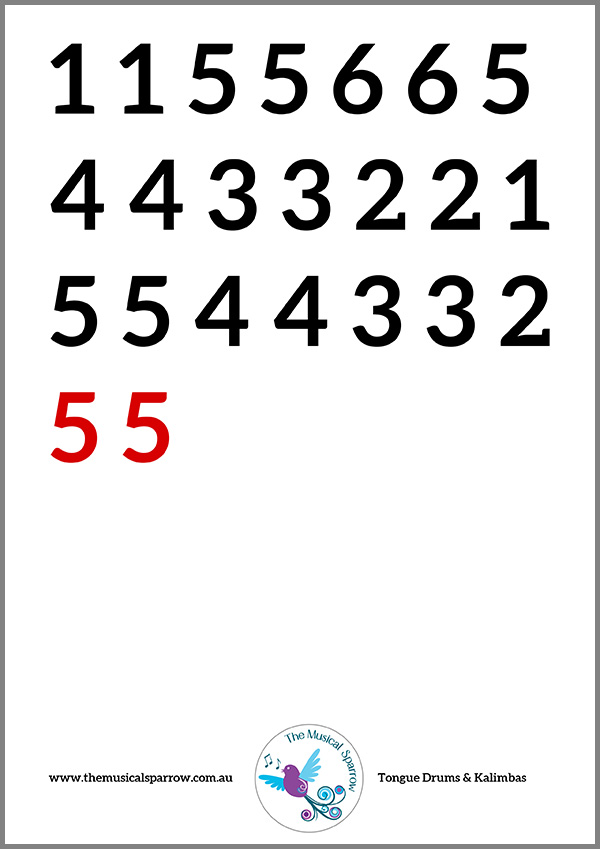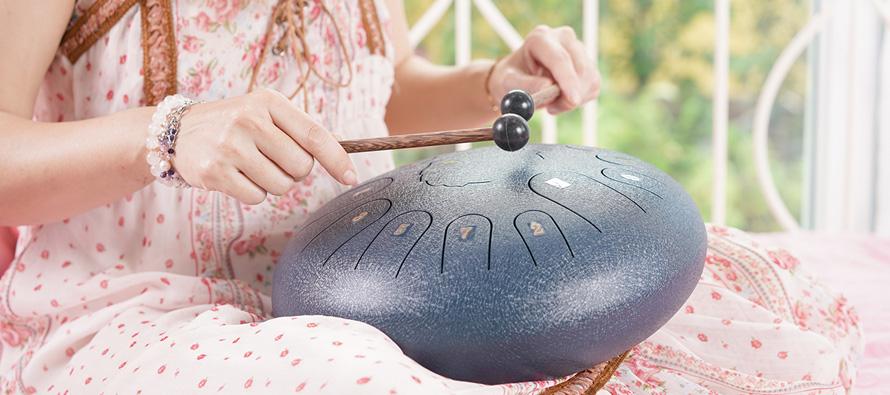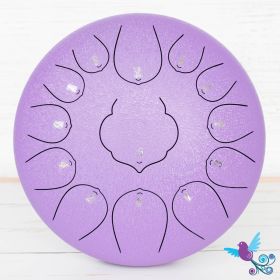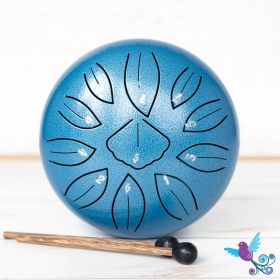Musical games with tongue drums - primary school kids
Last week I spent the day at a local primary school playing musical games with tongue drums with kids aged from 5 through to 12. It was an interesting day full lot of learning and fun, not just for the kids but for me too. In this blog post I'm going to share the 2 games we played so you can play them at home with your own kids or use it as a fun party game.
Game 1 - Everyone plays a little piece of the same song - Twinkle Twinkle Little Star
This is the game I played with the Kindy to 2nd grade students. It's not that I don't think they would be capable of the 2nd game, but when the Kindy kids came in, there were 70 of them in the room + about 20 adults. We had 4 tongue drum stations set up and had an adult at each one and we still had to do them in two groups. Keeping the attention span of that many kids at once, it's really important that everyone can participate without it feeling too hard. If you think your 5 to 7 year olds can play game 2, give them both a try.
What you need to play
- DOWNLOAD THIS PDF.
- You'll need a Tongue Drum or a Kalimba tuned to the key of C Major. The pentatonic drums don't have enough notes for this specific song.
- Either a colour printer to print the 24 page document or a tablet to show it on.

How to play the game
- Set up your tongue drum on a table and get all the kids playing the game to stand around it in a circle.
- Print out the 24 page PDF and put it on the table next to the drum. Alternatively you can open the PDF file on a table and swipe to turn the page.
- DO NOT TELL THE KIDS WHAT THE SONG IS. A part of the game is to get them to try and recognise the song. Even though it's not being played in time, all the kids at the school recognised the song after a couple of play throughs. A large majority of them got it on the first go.
- Each page has either 1 or 2 notes that are printed in red. The child only plays the red notes and then hands the drum stick to the next person to play the red notes on the next page. Have an adult turn the page or an older child and keep them in the same order as we'll play through the song more than once.
- Repeat until you get to the end of the song. There are 24 goes in this song.
- Ask the kids if they recognise the song.
- Return to page 1 and start again. The kids get quicker with repeat performances of the song.
- As a variation, once they've been through the song, stay on the last page and give each child the opportunity to play one full line each before handing the drumstick over to the next child.
Game 2 - Simon
Simon is a super old school memory game with 4 brightly coloured buttons that flash and play a note and then you have to remember it and play it back. Each time you get it right, another one gets added on to the end. The idea is to see how many you can remember in a row. I play Simon with my adult tongue drum students and we wrote a blog about it, including a video.
You can certainly play Simon this way with kids, but in a school setting with 4 tables to run and 10-12 kids on each table, I created a written version. I haven't created a PDF for this, but you can very easily make your own, because the numbers don't matter.
So here's what I did for the first turn.
5
Second turn
5 3
Third turn
5 3 2
Fourth turn
5 3 2 3
Fifth turn
5 3 2 3 1
By this stage, I warned the kids that the numbers were going to start disappearing from the sheet, but they still had to remember them and play them. One group of 6th graders really impressed me with their team work and they started chanting the numbers every time someone played. They were even chanting the numbers in pitch.
Sixth turn
5 3 2 3 1 6
Seventh turn
5 3 * 3 1 6 5
Eighth turn
5 * * 3 1 6 5 4
We went on longer than that, but you get the idea now. Each time I put a new one on the end, I removed one from the first line. Depending on the age and skills of who you're playing with, you can ramp up the difficulty accordingly.






